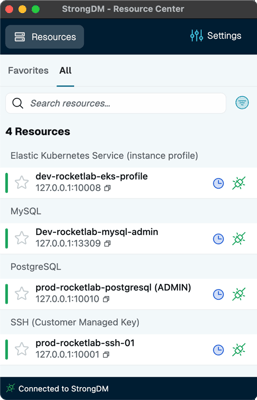A staggering amount of cybersecurity breaches are caused by software vulnerabilities. From the early worms of the 1980s through the early 2000s - like Blaster, Code Red, and Melissa - to the notable Petya and WannaCry of the past few years, these vulnerabilities are all rooted in software flaws that allowed systems to be exploited. A software development lifecycle (SDLC) policy helps your company not suffer a similar fate by ensuring software goes through a testing process, is built as securely
Posts by Category:
- Security
- Access
- DevOps
- Privileged Access Management
- Auditing
- Zero Trust
- Policy
- Compliance
- SOC 2
- Authentication
- Databases
- Identity and Access Management
- Compare
- Team
- Product
- Integrations
- Kubernetes
- AWS
- Engineering
- Productivity
- Podcasts
- Observability
- SSH
- HIPAA
- ISO 27001
- Dynamic Access Management
- Role-Based Access Control
- Secure Access Service Edge
- Webinars
- Events
- NIST
- Onboarding
- Passwordless
- Offsites
- Platform
- PCI

This episode Max Saltonstall sits down in Manhattan with Quiessence Phillips, Deputy CISO and Head of Threat Management, City of New York and Colin Ahern, Deputy CISO, City of New York.

In this episode Justin McCarthy sits down with Andrew Mulholland, head of core infrastructure at BuzzFeed to talk about security incident response, remote access policy, and a money-back guarantee for OSS.
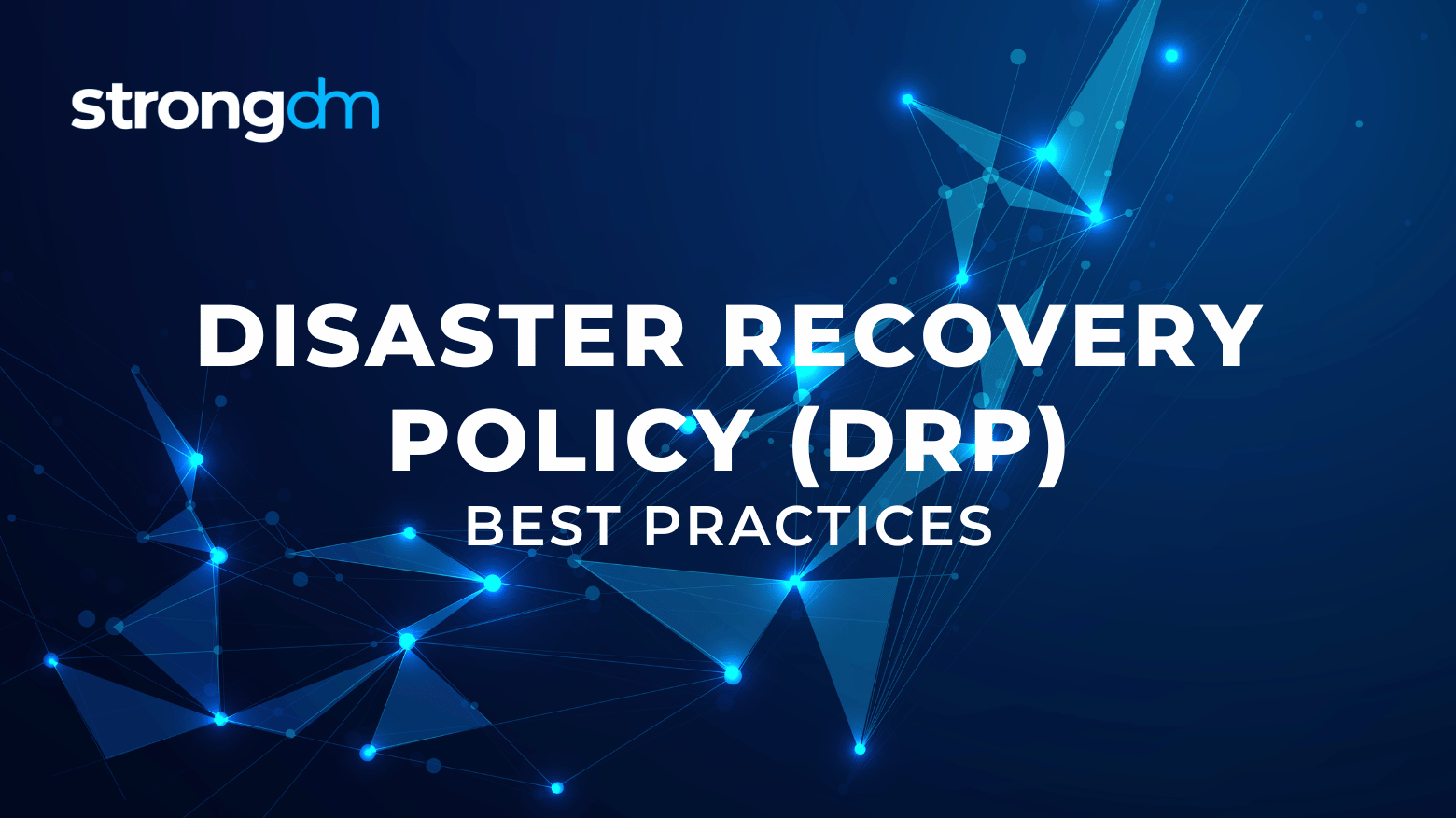
The first step in this policy is to define the critical processes and assets necessary for you to maintain minimum business functions after a disaster.

As you work through the rigorous SOC 2 requirements, it is easy to get tunnel vision because so much of your work focuses on protecting your customers and their information. But what about the vendors you work with? Do you have a third-party IT vendor management strategy to address the risks they bring to your organization?
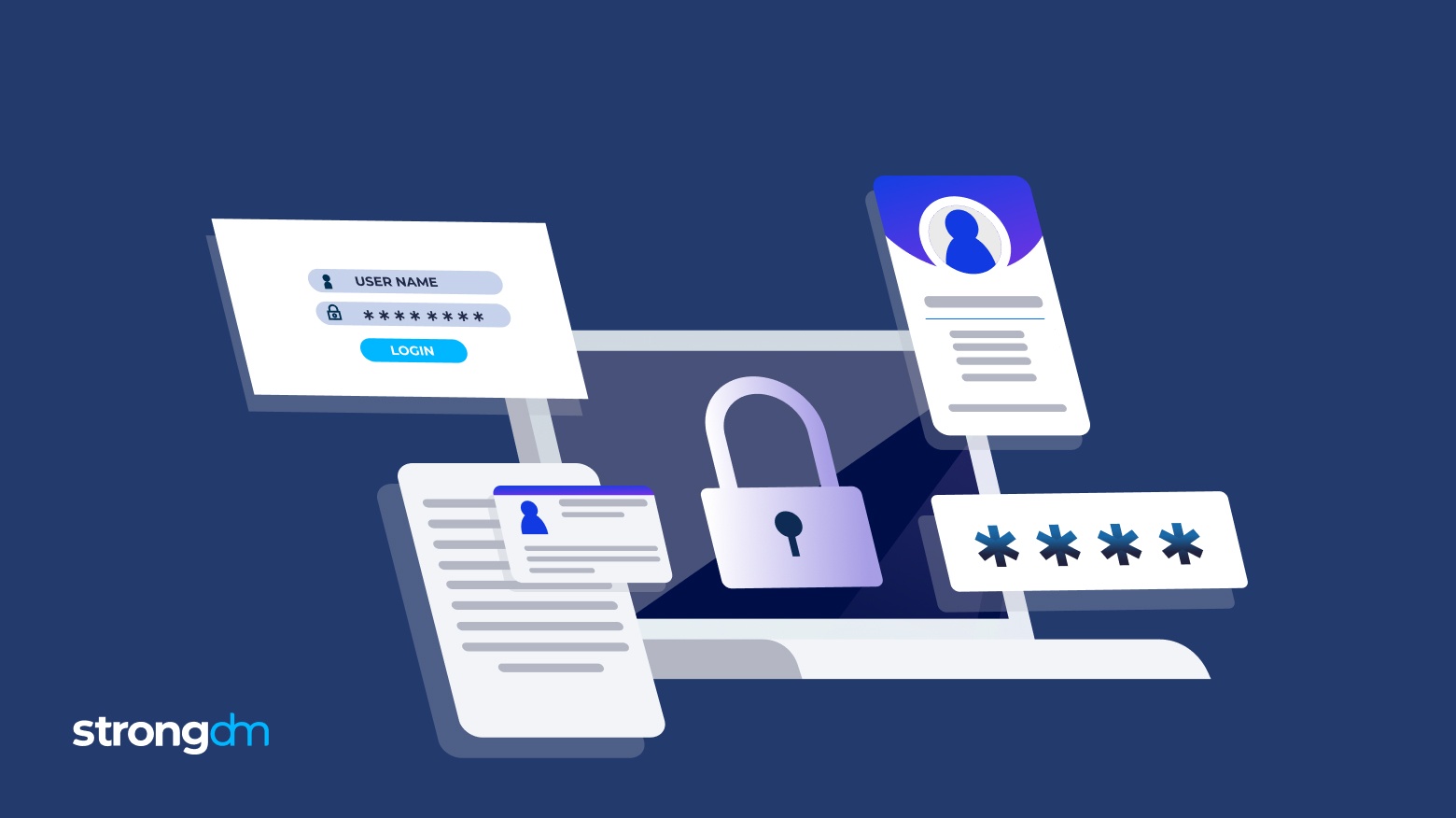
Passwords are one of the most common targets for hackers, so it’s imperative that your company enforces a strong password policy. This policy will not only define the requirements of the password itself but the procedure your organization will use to select and securely manage passwords.
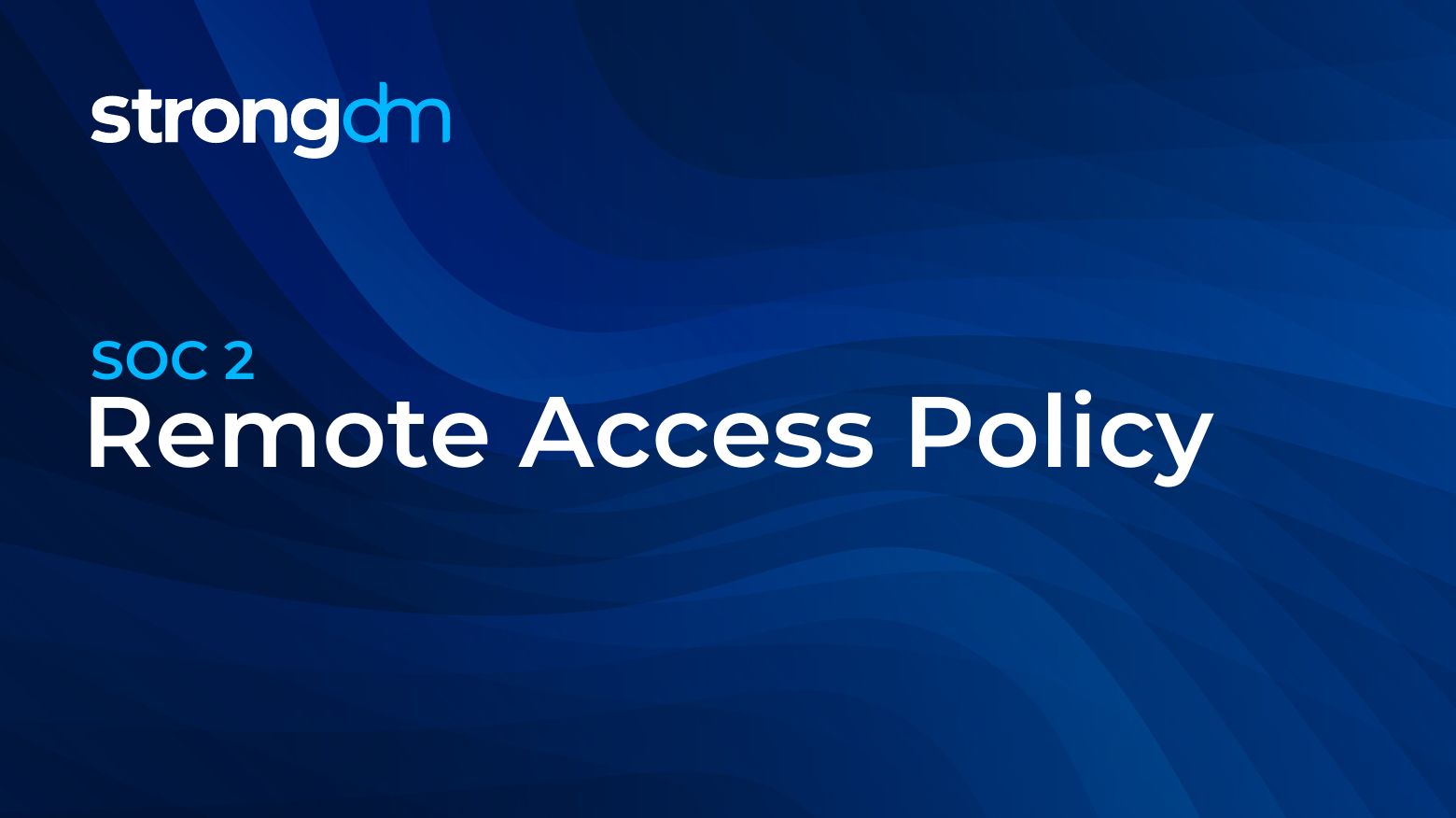
The purpose of a Remote Access Policy is to keep your employees productive from anywhere without sacrificing security.
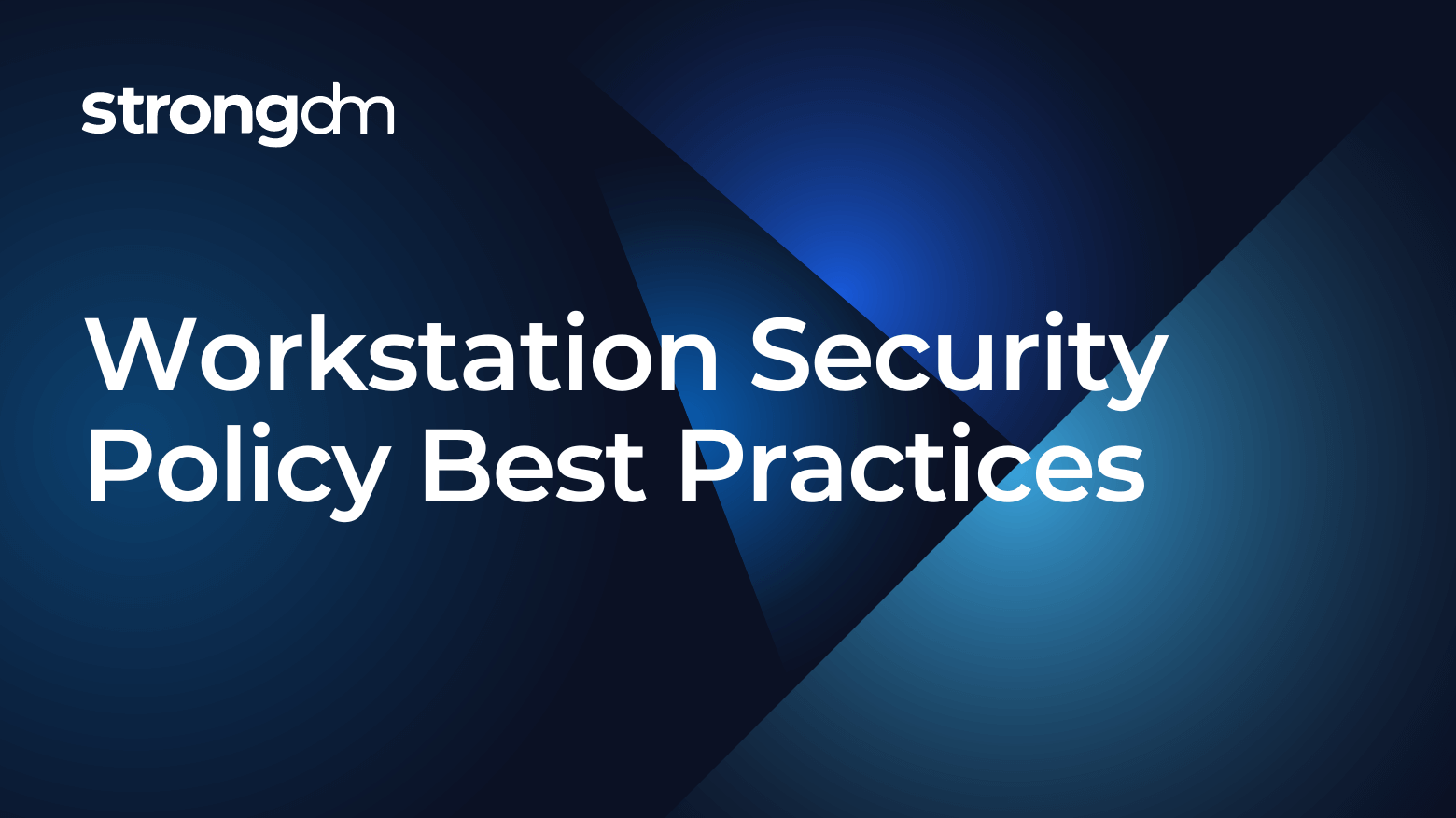
In the workstation security policy, you will define rules intended to reduce the risk of data loss/exposure through workstations.

You wouldn’t leave the house without making sure your doors and windows were locked, and that any valuables were hidden or secured in a safe. That way, if you were robbed, the burglar would have a difficult time accessing your most precious assets. In the same way, you need to make sure your organization’s critical data is well protected.

Should you host data on-premise or in the cloud? Who is responsible for security? The company who owns the data, the cloud provider, or both?
It's easy to focus on cybersecurity threats like social engineering and phishing. However, internal threats, such as human error and disgruntled employees, can be just as dangerous - and are often overlooked. A mature onboarding and termination policy that leverages least privilege access is essential to preventing a data breach.

Take a deep breath - you’ve got this. Once your blood pressure is back to a reasonable level, start by looking at the RFI itself and ask yourself some questions.
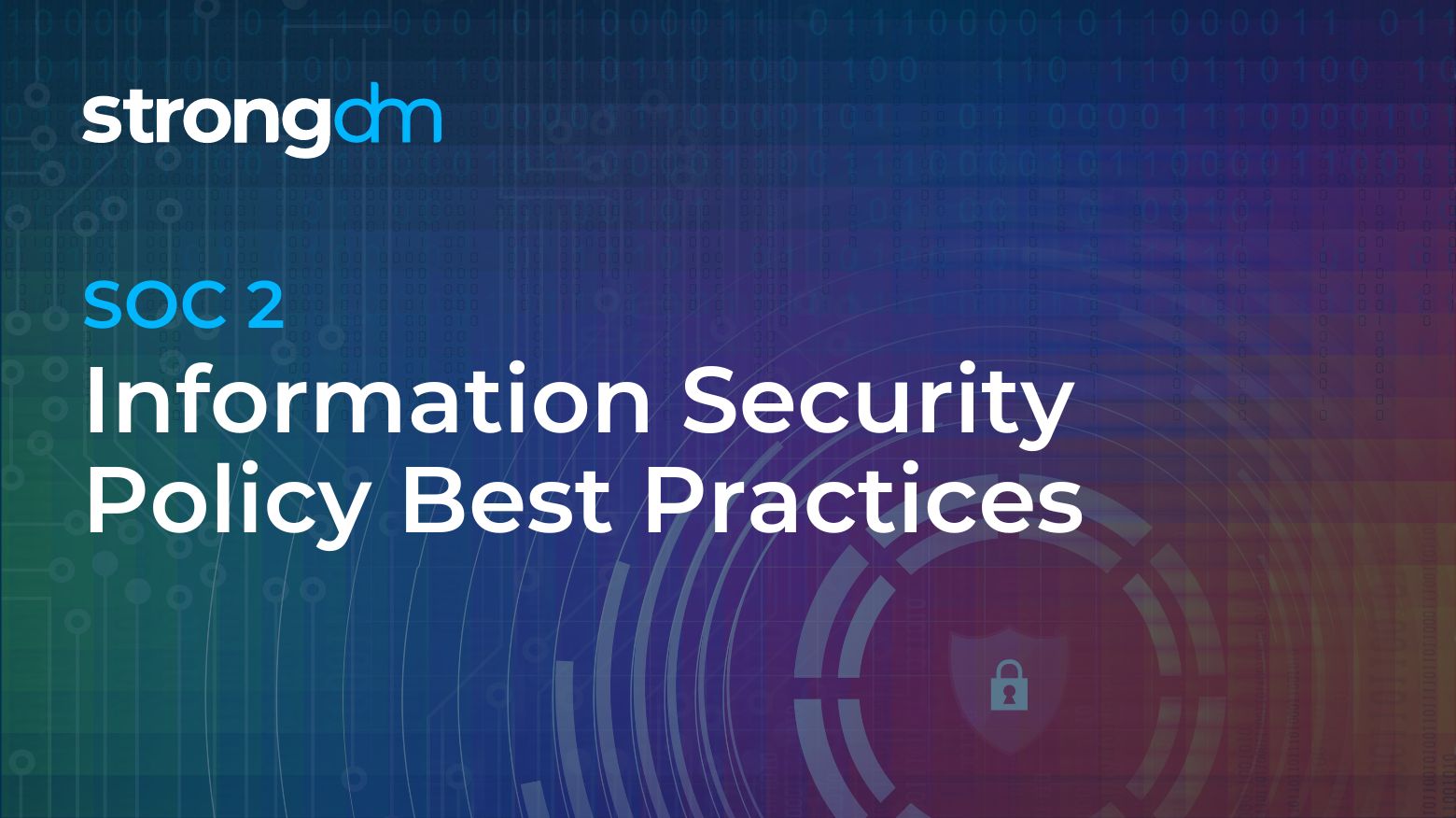
It’s important to keep your Information Security Policy high level. Here are some key points your information security policy should include.


